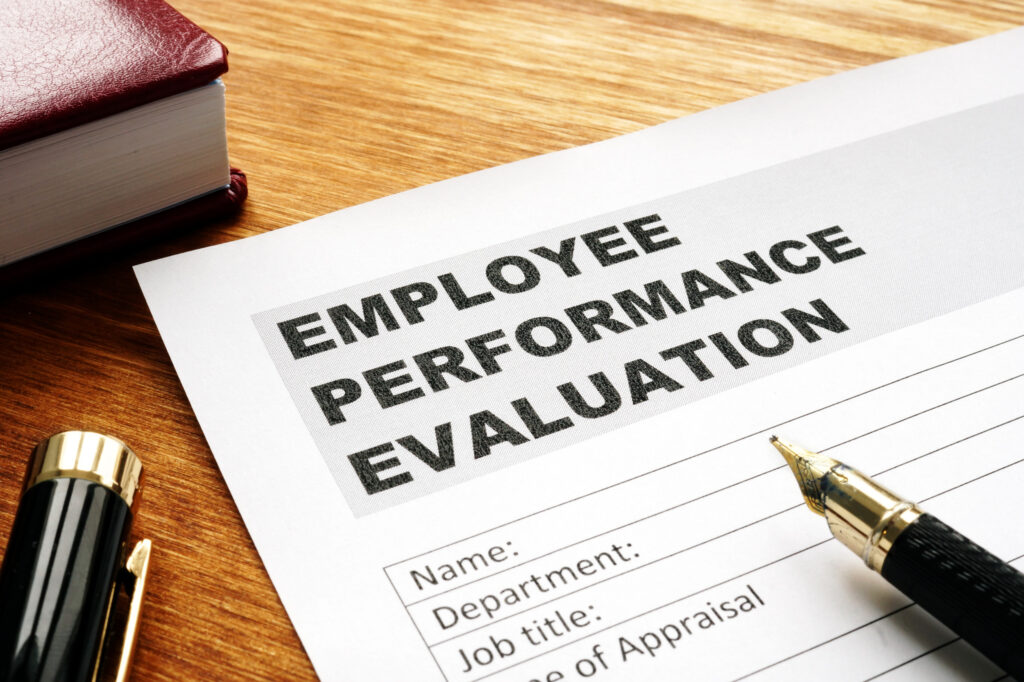What Is Continuous Performance Management

Continuous performance management is a human resource method or activity that simply pertains to performance management processes that are done throughout the whole year. Basically, it treats employees’ performance reviews as an ongoing process, not a one-time thing done at the end or start of the year.
Gone are the days of annual performance reviews and appraisals. Continuous performance management encourages regular feedback, to the point that it becomes ingrained in the company culture. Businesses that are growing rapidly are starting to implement this kind of performance review. In fact, according to the Harvard Business Review, more than one-third of US companies are already abandoning the traditional HR methods in favor of more frequent exchanges between managers and employees.
How does it work?
Basically, continuous performance management works by building feedback mechanisms and opportunities into the management style of the company. The following items are key elements of a continuous performance management system:
- Goals and KPI setting. The first step is setting specific goals that each member of the company is expected to follow. These goals should be measured by specific metrics. Some examples can include the number of leads generated, or the number of new social media followers.
- Networked feedback. The performance evaluation of an employee is no longer done by just their immediate manager in the traditional top-down approach. Instead, peer feedback is valued. Each employee is asked to evaluate the performance or output of the colleagues and associates they have worked with recently, closely, and/or frequently.
- Real-time feedback. During the traditional annual performance review, some insights and feedback would be withheld until the end of the year. Meanwhile, continuous performance review encourages regular engagement and real-time feedback. Basically, you don’t need a formal setting just to deliver your inputs.
The employees learn the quality of their work when they need it the most. They can change their behavior, correct unproductive methods, or take a needed course to upgrade their skills. These changes can significantly improve their output.
- Frequent check-ins. These are also called one-on-ones, and are usually done every month or every quarter. It’s a private meeting between an employee and their manager. These stray away from traditional HR processes too, as two-way communication is the directive. The conversation would usually revolve around updates on the employee’s goals or KPIs, personal and career development, or even other issues and concerns.
Why do you need continuous performance management?
There are lots of reasons why more and more businesses are turning to continuous performance management. If your business is gearing up to scale this coming 2020, changing your management style would definitely be an advantage, due to these following reasons:
- Increase in employee engagement. A culture of radical transparency and overcommunication will result in an engaged team. The regular check-ins do their job in making sure that the employees feel valued, that their opinions are heard, and that they can be open with their manager.
- Better evaluation of progress. More sources of information mean more credibility. Annual reviews that only consist of a top-down method can leave a window for biased reporting. With continuous performance management, feedback can come from teammates, supervisors, or managers. This will provide the HR department a peek into the bigger picture, a more holistic perspective of how the employee is actually performing.
- Boost in empowerment. Frequent communication helps bring a sense of clarity and builds a feeling of trustworthiness. Employees then feel a sense of ownership and belongingness in the company, and not just that they are simple ‘hired hands’.
Companies in the technology, media, and finance sectors are way ahead when it comes to adapting to new methods. This not only includes tools or new processes, but the way people are managed internally. After all, human resources are the biggest asset of any organization.
As more and more businesses are built following this framework, existing businesses will be met with challenges as the new year comes in. Aspiring companies must follow suit accordingly, or risk being left behind in the digital dust.